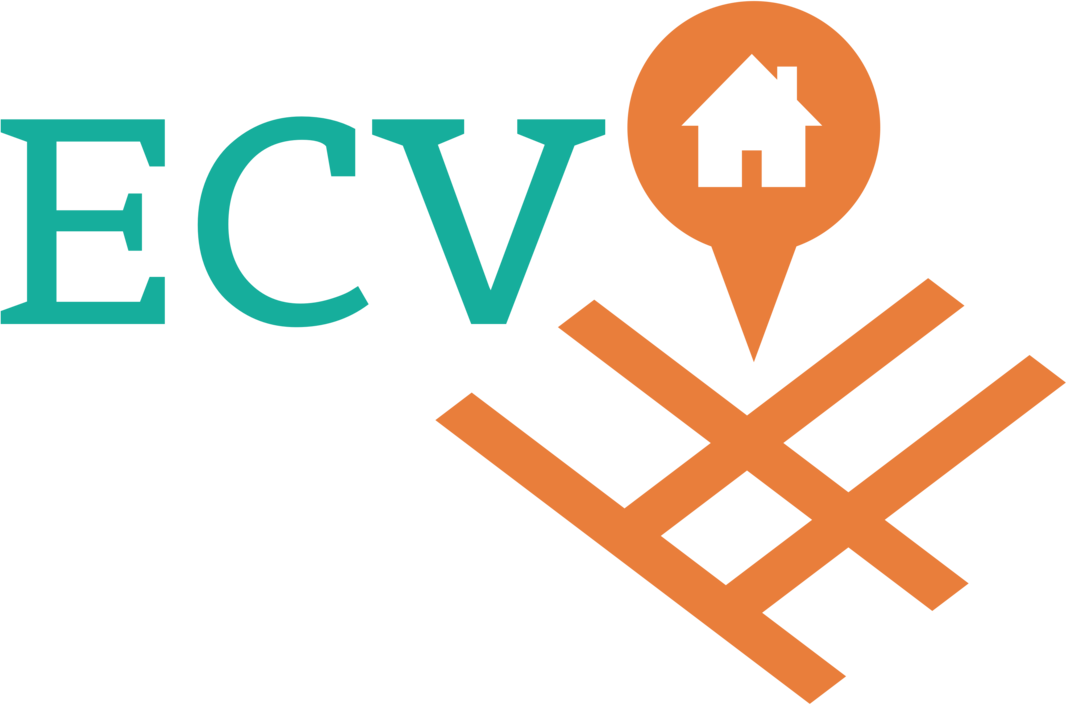What does the Department of Developmental Services (DDS) do?
The California Department of Developmental Services (DDS) is the agency that provides services and serving more than 330,000 Californians with developmental disabilities. DDS works to make sure that Californians with Developmental Disabilities have the opportunity to make choices and have productive lives as members of their communities.
These disabilities include:
Cerebral palsy
Epilepsy
Intellectual disability
Down syndrome
Autism
Related Conditions
How do you qualify for services?
DDS (DDS) is responsible for designing and coordinating services for Californians with developmental disabilities.
Infants and Toddlers
Infants and toddlers (age 0 to 36 months) who are at risk of having developmental disabilities or who have a developmental delay may also qualify for services.
Children and Adults
To qualify for services, a person must have a disability before the 18th birthday of the individual that is also expected to remain a present disability. Qualifying conditions include the disabilities of: Mental retardation, Cerebral palsy, Epilepsy, Intellectual disability, Down syndrome, Autism, and other related conditions.
Some of the services and programs that DDS have in their state’s services system are:
1. Home and Community-based Services program – The law provided a support system act for Californians to offer services not else available through the Medi-Cal program to serve people including individuals with developmental disabilities in their own homes and communities. Medicaid, known as Medi-Cal in California, is a jointly-funded, federal-state health insurance program for certain low-income and needy people that includes long-term care benefits.
2. Self-determination program – this provides customers and their families with control, responsibility, and more freedom in choosing services that they want to help and supports them in their Individual Program Plan.
What is a person-centered plan?
It is putting the individual at the center and getting to know the patient as a person (recognizing their individuality), taking a holistic approach to assessing people's needs and providing care, and making sure family members and friends are consulted.
It leads also to continual listening, learning, and action and helps the person get what they want out of life. Learning from planning can not only inform individuals but also can affect service delivery as a whole and inform and inspire others to achieve greater things.
As part of the planning process, this team assists the individual in developing a description that includes: a preferred place to live, favorite people with whom to socialize, and preferred types of daily activities, including preferred jobs.
Self Determination is also a natural headway in Person-Centered Planning.
What is a down syndrome?
It is a genetic condition that happens when a child is born with an extra chromosome.
People with Down syndrome typically have some degree of intellectual disability (formerly called mental retardation) and certain physical characteristics, such as a flattened bridge of the nose, epicanthic folds (folds over the inner corner of the eyes), shorter arms and legs, and poor muscle tone.
What is Autism Spectrum?
Autism Spectrum Disorder or ADS is a developmental disability that can cause significant challenges in social interaction, communication, and repetitive behaviors.
ASD is usually first diagnosed in childhood with many of the most obvious symptoms that appear during early childhood (2-3 years old), but some children with autism develop normally until toddlerhood when they stop acquiring or lose previously gained skills.
What is Cerebral Palsy?
Cerebral Palsy or CP is a problem that affects muscle tone, movement, and motor skills. It hinders the body's ability to move in a coordinated and purposeful way. It also can affect other body functions that involve motor skills and muscles, like breathing, bladder and bowel control, eating, and talking.
It is the most common motor disability in childhood.
Cerebral also means having to do with the brain. Palsy means weakness or problems with using the muscles.
To learn more about the Department of Developmental Services (DDS) and its services for developmental disabilities, visit www.dds.ca.gov.



